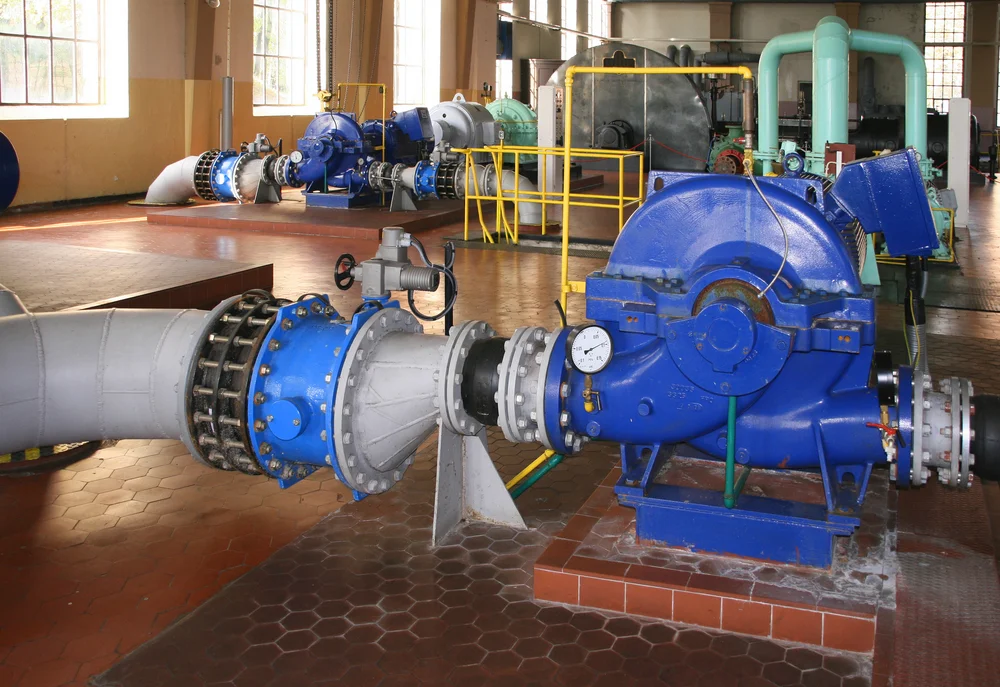Merweville: a drought stricken Karoo Town – the water supply turned around with teamwork
/Figure 1: An example of the Merweville’s charm
By Julian Conrad
Merweville is a special and charming little town (see Figure 1) located in the central Karoo: quaint; tidy; peaceful; crime-free; with stunning night skies and lovely people. However, it has been in the grips of a serious drought for many years. The town is entirely dependent on boreholes for its water supply. The situation was particularly dire in December 2020 with the main reservoir leaking and being under-sized; the borehole water levels close to pump inlets; and the boreholes themselves sub-standard. Even with severe water restrictions, fresh water had to be brought in by tankers to the town.
In a year, the situation has turned around entirely. Funding was made available from a number of sources and multiple teams sprang into action. A detailed groundwater exploration programme commenced (which built on the detailed knowledge GEOSS already had of the existing situation); the civil consulting engineers (Zutari) commenced with planning and building a new reservoir (500 KL) and repair of the existing reservoir (200 KL). Piping infrastructure was repaired. Borehole drilling also took place successfully (success being defined as not drilling a dry borehole – the geology is not favourable in the area and successful boreholes are in the range of 1 800 – 3 600 L/hr (i.e. 0,5 – 1 L/s).
Figure 2: An upgraded existing production borehole
The borehole yields were correctly yield tested according to SANS 10299-4 and borehole operational guidelines established and aquifer parameters calculated. This information was passed on to the client, the consulting engineers and TG Elektries. The instructions were carefully followed and the existing boreholes upgraded (see Figure 2) and the new boreholes equipped. Eskom brought supply lines to the new boreholes that were farther away from town.
Figure 3: Solar supply to the boreholes and associated infrastructure
In addition, boreholes were also equipped with solar power supply (see Figure 3); as electrical load shedding has a huge impact on ensuring the reservoirs (see Figure 4) have sufficient water. The low borehole yields mean the “supply vs requirement” balance is extremely delicate.
Figure 4: The recently completed second town reservoir
The boreholes were equipped with water level loggers; flow meters; VSDs and much more, all integrated onto a single cloud-based telemetry system which enables the monitoring and control of the entire system on-line. Integ built the system, ensuring the hydrogeologists; engineers, scheme operators and managers all have access to the data they require (see Figure 5). The hydrogeologists carefully ensure the sustainability of supply from each borehole and the overall operation of the supply scheme on a regular basis.
Figure 5: The Integ summary screen. A lot more data can be obtained by working through the selection menus
So, in December 2021 - a year later, the town supply was completely stable and reservoirs basically full, never dipping below the safe reservoir levels. The entire scheme is easily monitored daily and problems with supply are immediately evident (alarm systems are built-in). In addition to the many positive attributes of the town, it fortunately also has good water quality and as mentioned is crime-free, so the water supply is not affected by vandalism. In addition, good rains were received this summer. Water restrictions have been relaxed and the supply times increased. The scheme still remains in a delicate (yet stable) balance and to increase assurance of supply, additional boreholes still have to be added to the network. To ensure the continued success of the scheme, it is absolutely critical that funds are available for the continued maintenance of the scheme and the ability to repair breakdowns must be quick and cost-effectively implemented.
So, the team work on this project has been outstanding. The Department of Water and Sanitation; the Western Cape Department of Local Government, Eskom, the Beaufort West Municipality, Zutari (the consulting engineers), De Jagers Loodgieter Kontrakteurs (the Civil Engineering Contractor); GEOSS (the hydrogeologists); TG Elektries (borehole equipping and all related infrastructure); Integ (entire data integration and telemetry), and the multitude of sub-contractors involved in the reservoir construction, piping, electrification (and so much more), have contributed to this flag-ship project. It can be done!
Written by: J. Conrad – GEOSS South Africa (Pty) Ltd









